Shades of Glassware

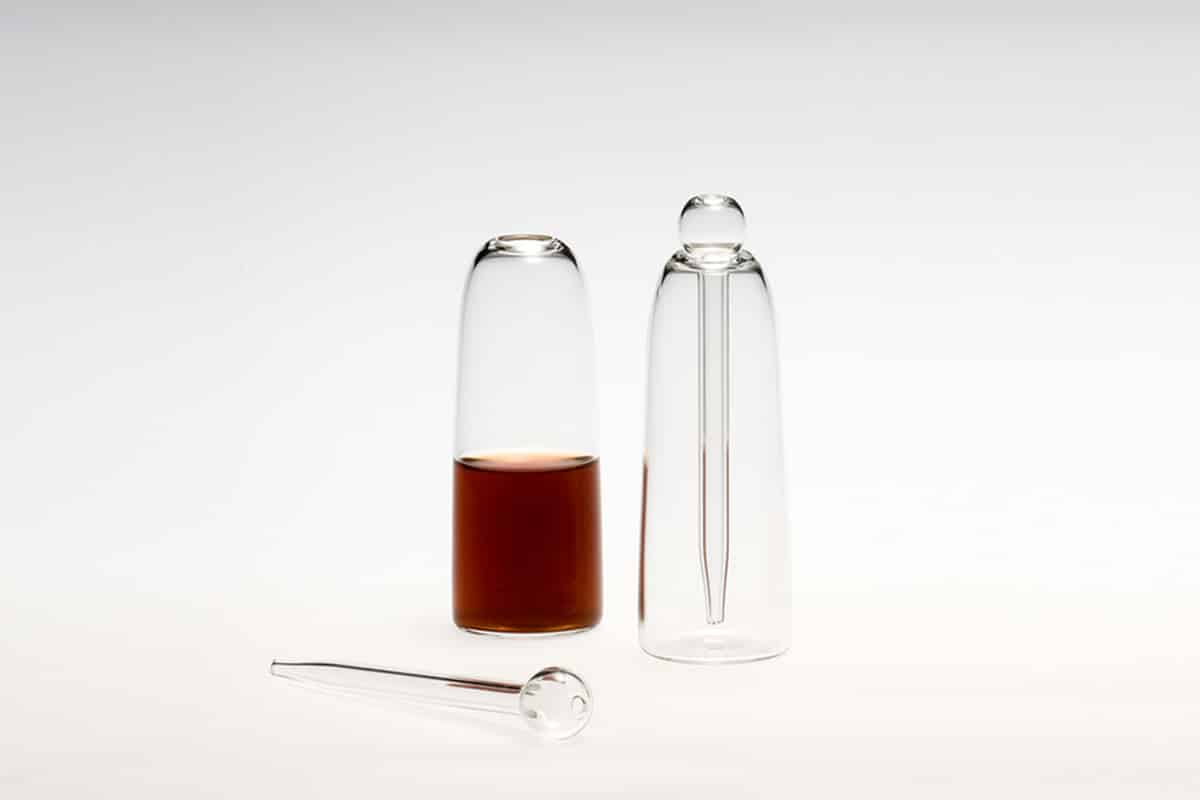
LAURENCE BRABANT EDITIONS
Sans Piper Mot & Pipette Server
ENQUIRE NOW
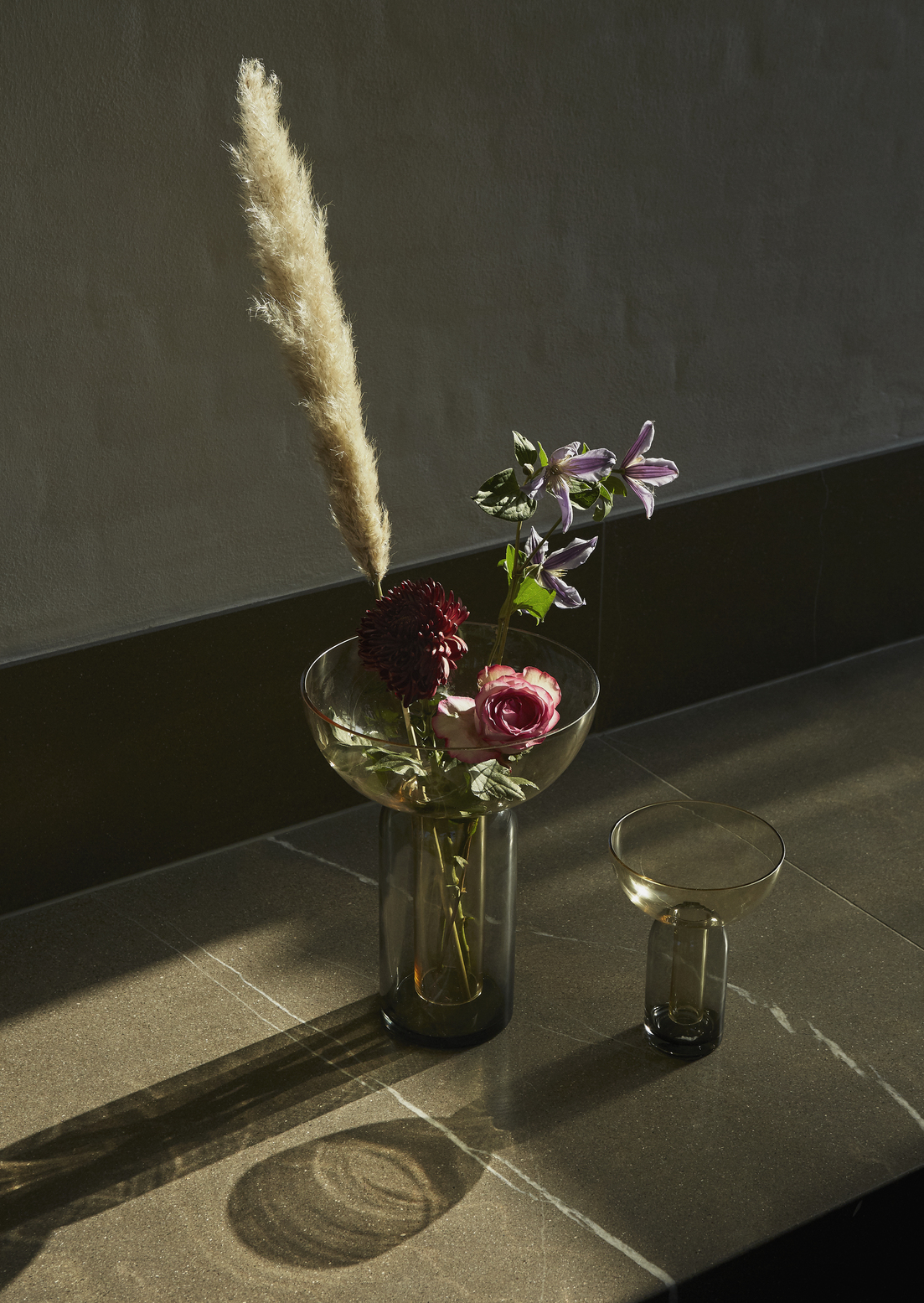
AYTM
Torus Vase in Black and Amber
ENQUIRE NOW
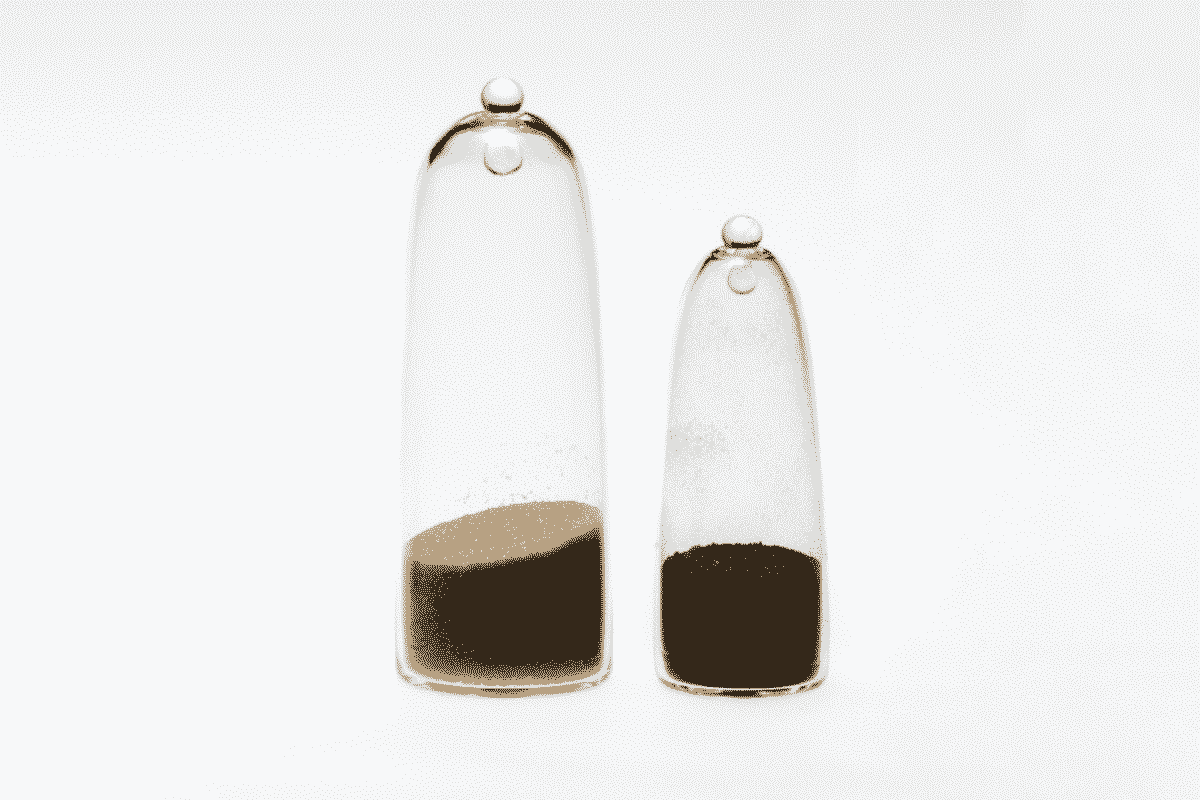
LAURENCE BRABANT EDITIONS
En Coulisses Shake & Ball Dispenser
ENQUIRE NOW
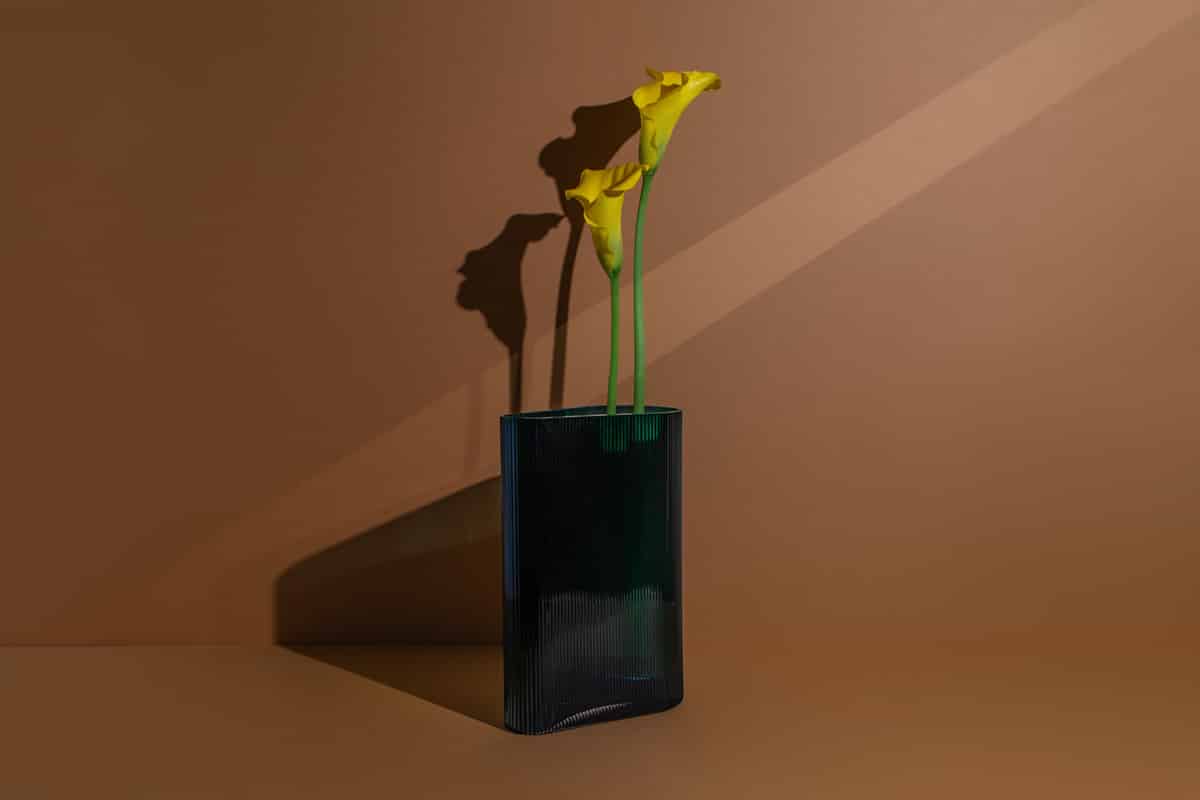
NUDE GLASS
Mist Vase in Petroleum Green
ENQUIRE NOW
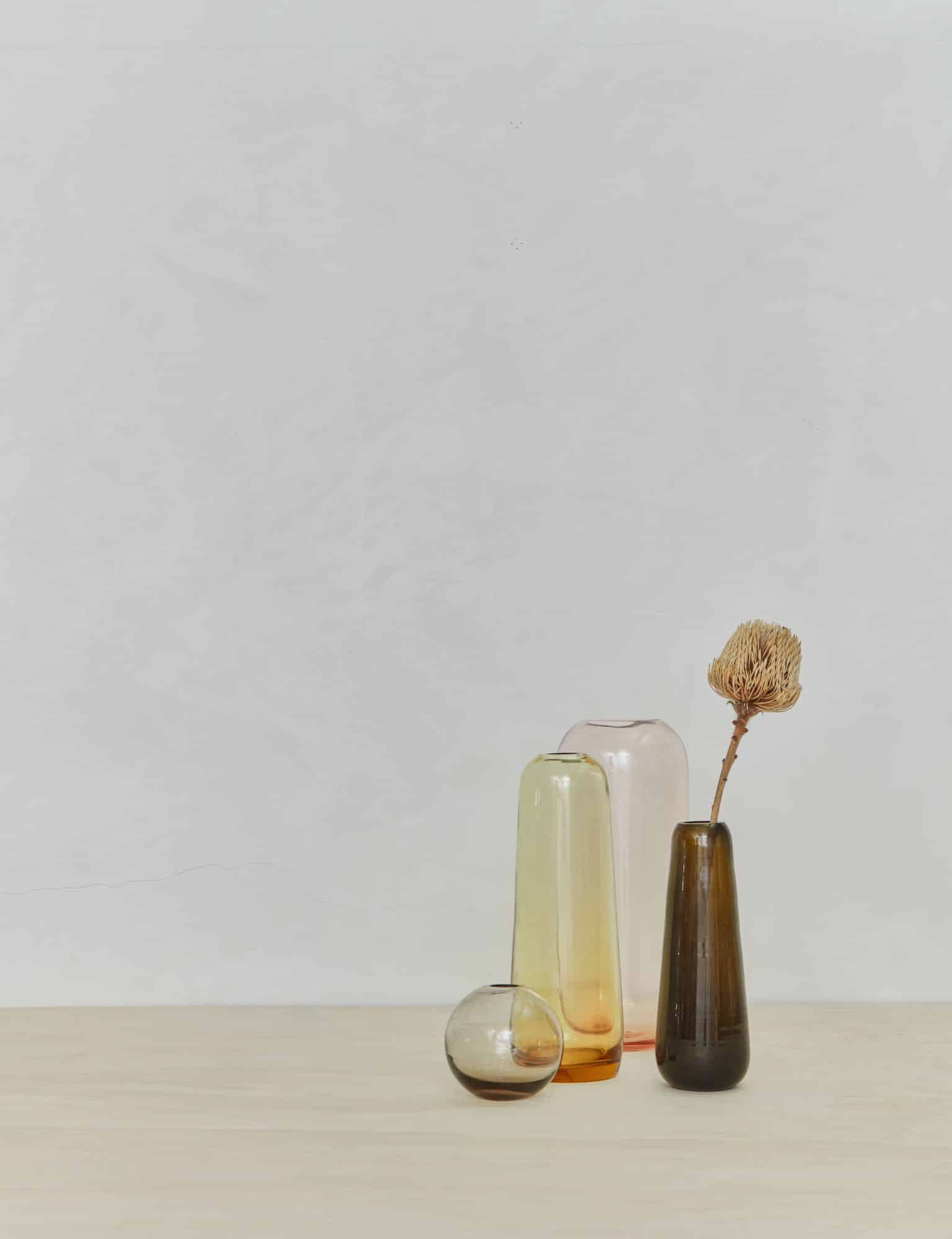
HAWKINS NEW YORK
Aurora Pill Vase in Dark Olive
ENQUIRE NOW
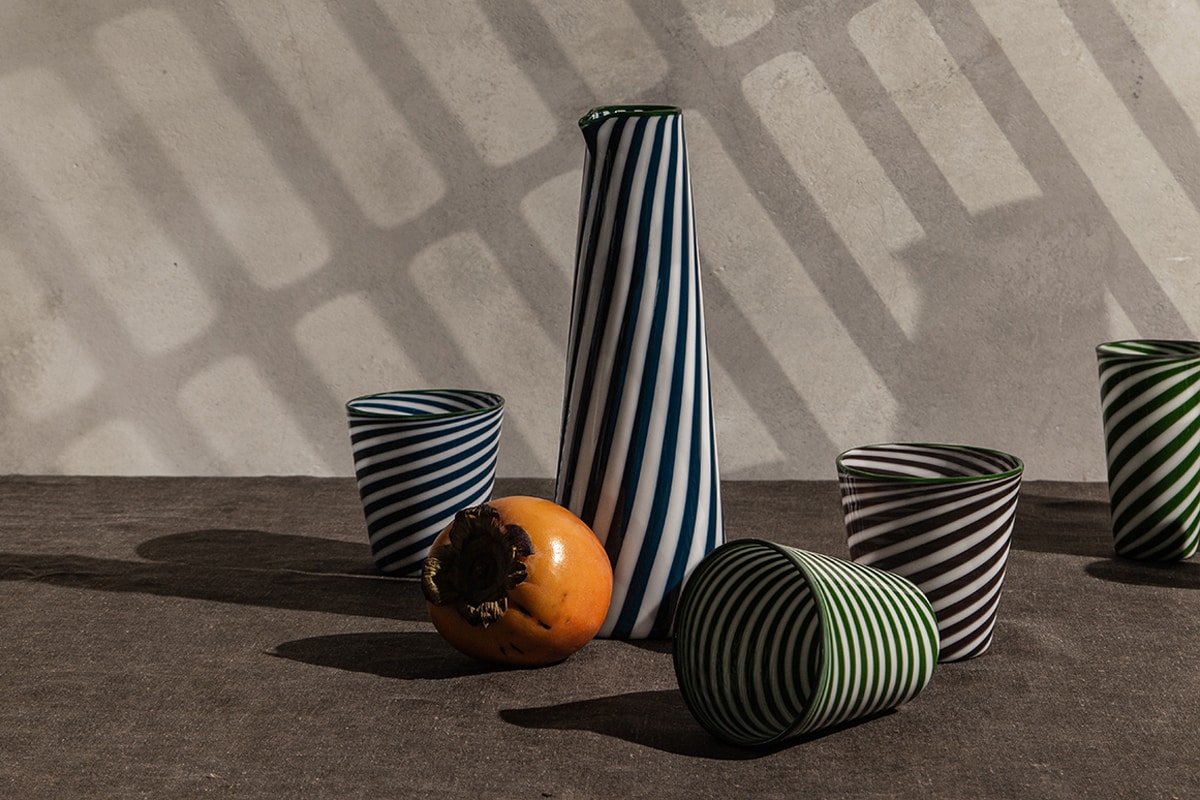
LAURENCE BRABANT EDITIONS
Small Striped Glass Tumbler
ENQUIRE NOW
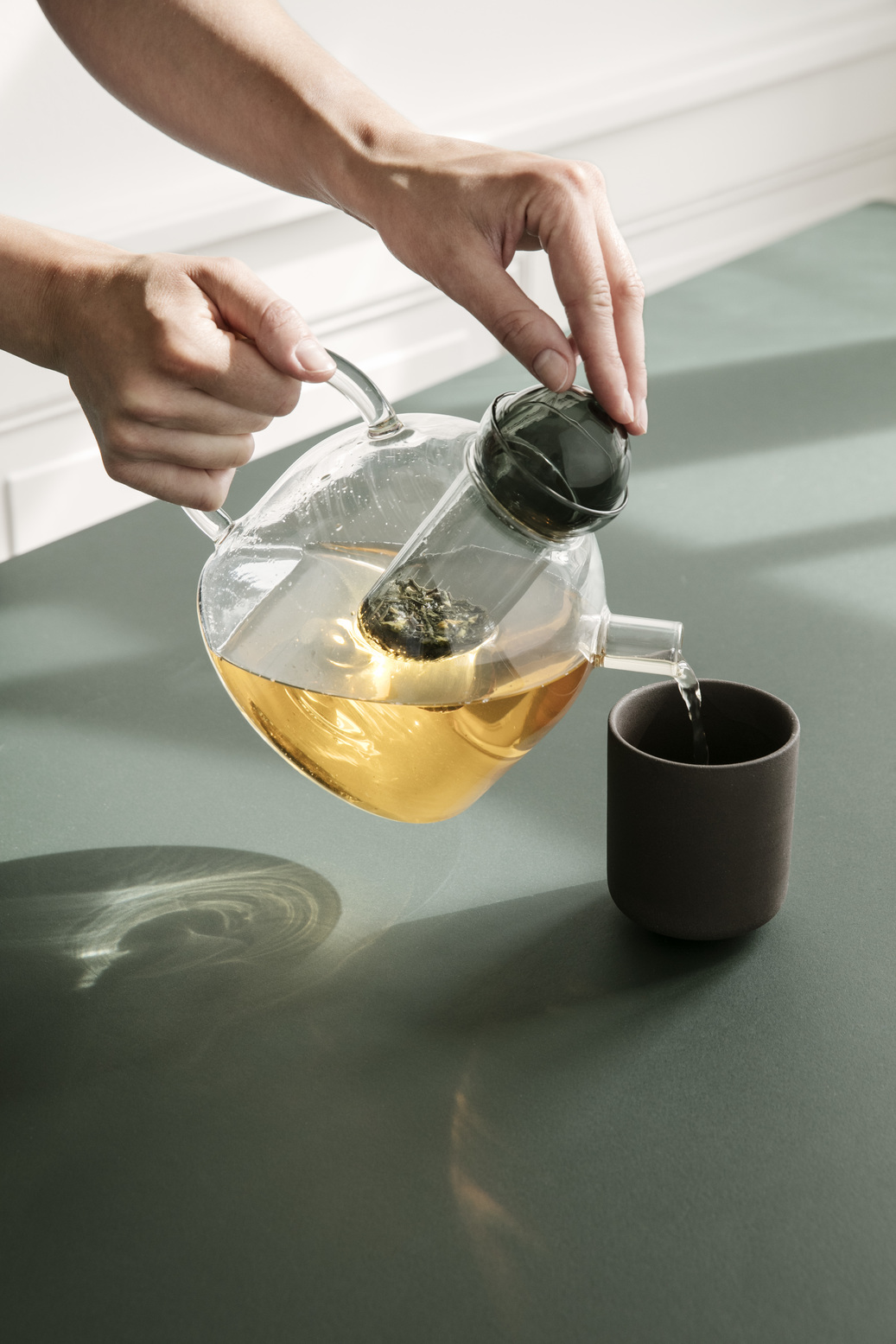
FERM LIVING
Still Teapot
ENQUIRE NOW

